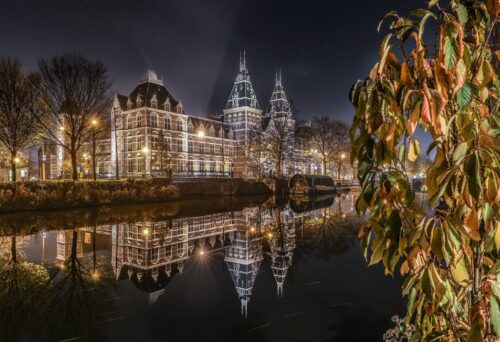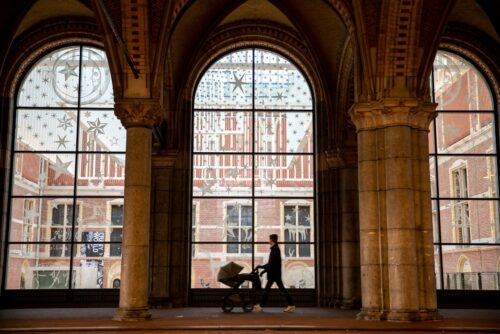Rijksmuseum
We can start our tour of the Singelgracht from the famous Rijksmuseum. Singelgracht encircles the historic center of Amsterdam. It is the largest of the homocentric canals, the outermost waterway of Amsterdam. About halfway from its eastern and its western edge is another pretty interesting neighborhood of the city.
The Museumplein is the place where three major museums – the Rijksmuseum, the Moco Museum of Modern Art, the Van Gogh Museum, Stedelijk Museum – and the concert hall Concertgebouw meet. It is also the square where the famous sign of iamsterdaam stands, right in front of Rijksmuseum, at the end of the long pond.
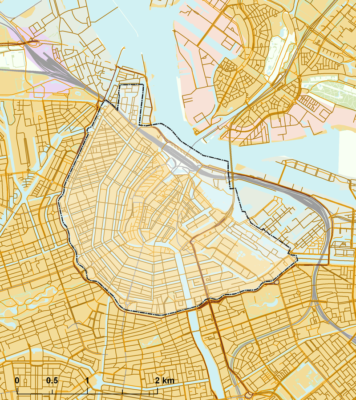
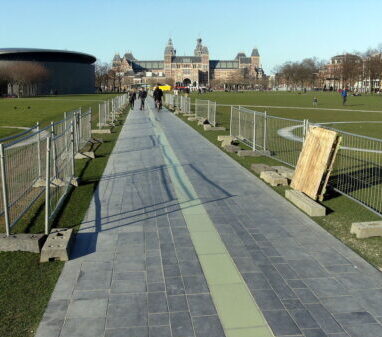
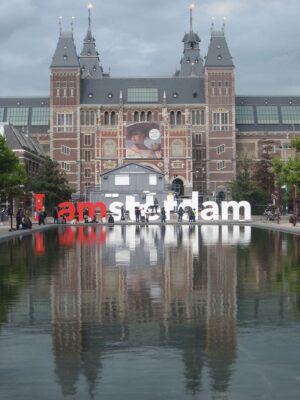
The Rijksmuseum is the Dutch National museum of arts & history. It was founded in The Hague in 1800 & was moved to Amsterdam in 1808. Its first home base was the Royal Palace on Dam Square. In the former city hall on Dam Square, the collections of the museum were united with the city’s foremost paintings, including the Night Watch by Rembrandt.
In 1813, the ‘Rijks Museum’ and the national print collection from The Hague relocated to the Trippenhuis, a 17th-century town palace on Kloveniersburgwal. Soon the Trippenhuis proved unsuitable as a museum but work for a new building did not commence until 1876, after many years of debate. The architect, Pierre Cuypers, had drawn up a historic design for the Rijksmuseum, which combined the Gothic and the Renaissance styles. The design was not generally well-received; people considered it too medieval and not Dutch enough. The official opening took place in 1885.
Nearly all the older paintings belonging to the City of Amsterdam were hung in the Rijksmuseum alongside paintings and prints from the Trippenhuis, including paintings such as Rembrandt’s Jewish Bride, which had been bequeathed to the city by the banker A. van der Hoop. The collection of 19th-century art from Haarlem was also added to the museum’s collection. Finally, a significant part of the Kabinet van Zeldzaamheden, which had by then been incorporated into the new Netherlands Museum for History and Art, was returned to Amsterdam.

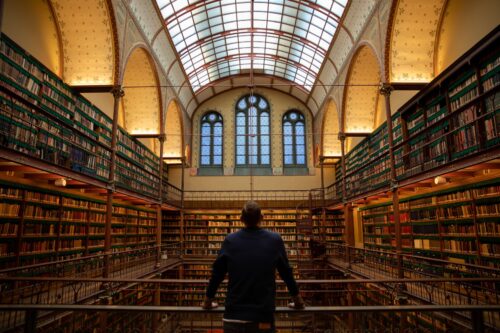
Today the museum houses about 1 million objects of art, craft & history from the year 1200 to 2000, including 2000 paintings from the Dutch Golden Age. In the separate Asian Arts department, China, Japan, India, and Indonesia are the most well-represented with varied and diverse exhibit masterpieces made of materials like Indonesian stone and fine Chinese porcelain.
After 10 years of renovation, the building was thoroughly modernized to satisfy the needs of its 21st-century visitors. The museum’s garden was also renovated and is currently operating as an open space museum for temporary exhibitions (mostly during Springtime and Summer months). Overall this place is one that anyone who visits Amsterdam must see and easily spend a whole day.
Description / More : https://www.rijksmuseum.nl/en
